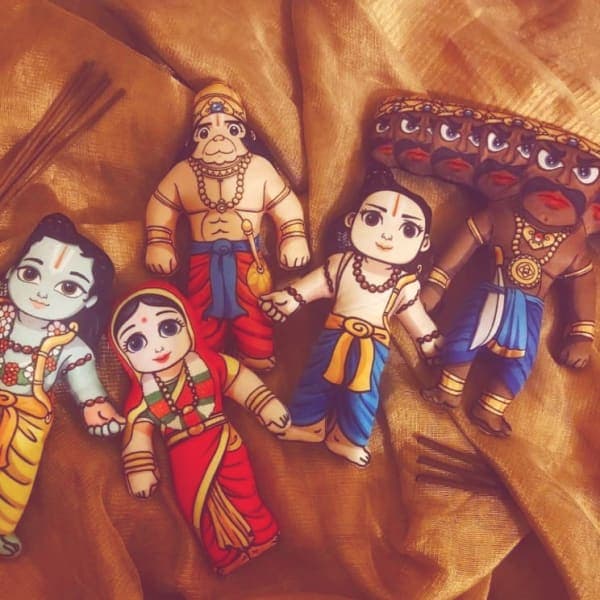Sharadamba Temple
,
The Sharadamba Temple is a famous Hindu temple dedicated to the goddess Sharada, who is considered to be an incarnation of the Hindu goddess Saraswati. The temple is located in the town of Shringeri in the state of Karnataka, India. The temple is one of the most important pilgrimage sites in South India and attracts a large number of devotees every year.
Legend/Story
According to Hindu legend, the goddess Sharada was created by Lord Brahma, the creator of the universe, to represent the power of knowledge and wisdom. The goddess is said to have appeared before the great sage Adi Shankaracharya, who established the Sharada Peetham, a center of learning, in Shringeri in the 8th century AD. The Sharadamba Temple was built in the 14th century AD by the Hoysala kings of South India.
Architecture
The Sharadamba Temple is a beautiful example of South Indian temple architecture. The temple is built in the Dravidian style and is surrounded by a large courtyard. The temple complex includes several smaller shrines dedicated to different Hindu deities, as well as a meditation hall and a library.
The main shrine of the temple houses an idol of the goddess Sharada, who is depicted holding a book and a musical instrument. The idol is made of gold and is adorned with precious stones. The temple's walls are decorated with intricate carvings and sculptures depicting scenes from Hindu legend.
Pooja Timings and Best time to visit
The Sharadamba Temple is open from 6:00 AM to 9:00 PM every day. The temple conducts several poojas throughout the day, starting with the morning pooja at 6:30 AM and ending with the night pooja at 8:30 PM. The temple also conducts special poojas on auspicious occasions such as Navaratri, which is celebrated with great fervor at the temple.
The best time to visit the Sharadamba Temple is from October to March, when the weather is pleasant and the surrounding natural beauty is at its peak. The temple experiences heavy footfall during the months of September and October, when Navaratri is celebrated with great pomp and show.
...




